14,000 new homes projected for Long Island City under rezoning draft

The city’s Department of City Planning (DCP) Director Dan Garodnick on Tuesday released the draft rezoning framework for the Long Island City Neighborhood Plan, a proposal that could create up to 14,000 new homes, including 4,000 affordable units. The proposal also includes up to nine acres of open space along the Queens waterfront, new schools, and enhancements to parks and NYCHA complexes, according to Gothamist.
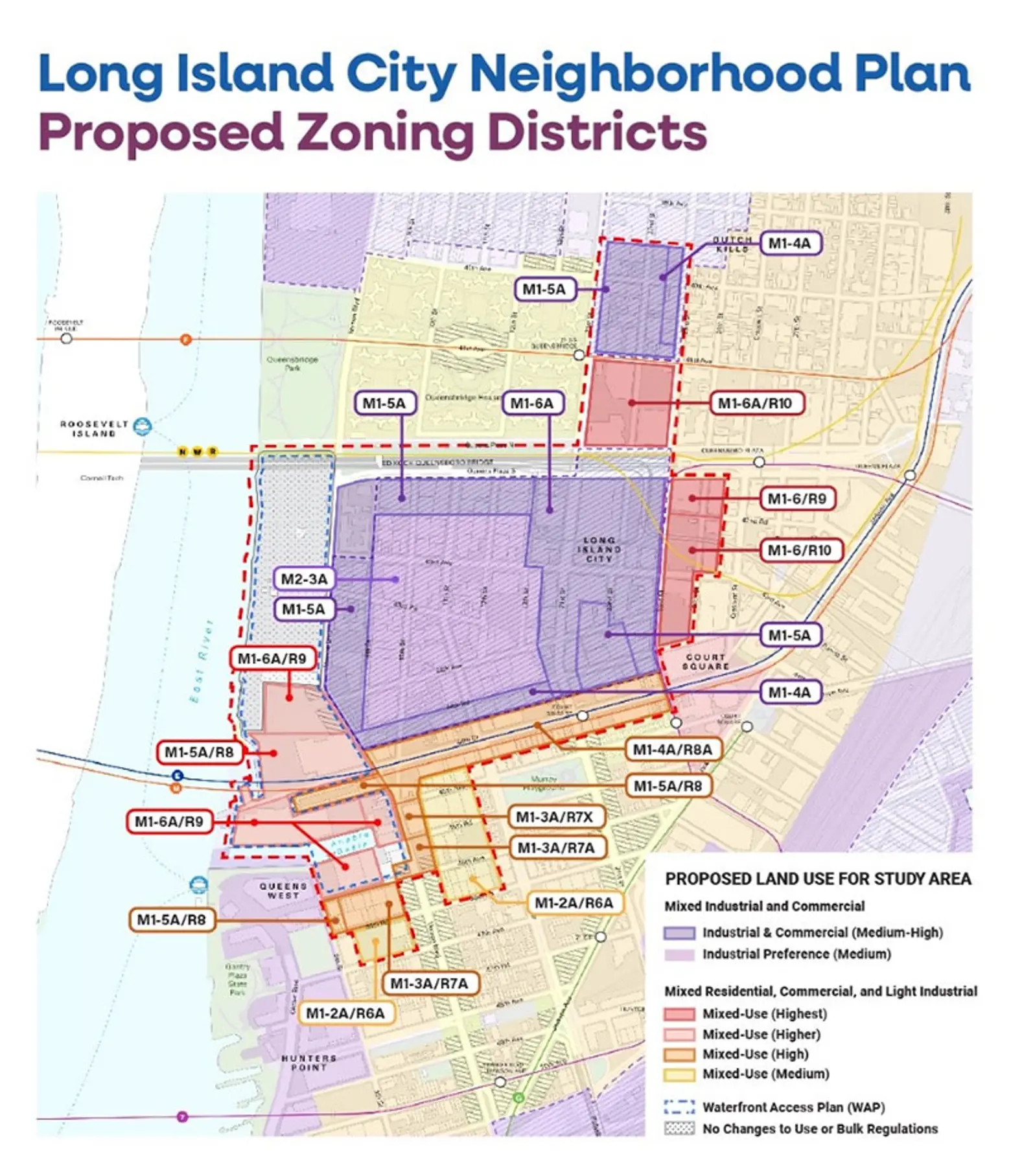
Unveiled in October 2023, the LIC Neighborhood Plan has been reviewed by the public and adjusted over three rounds of “focus area meetings” and two past town halls mediated by Council Member Julie Won, the DCP, and facilitator, architecture firm WXY Studio.
The proposal aims to modify the Waterfront Access Plan to encourage development and provide public open spaces, a continuous public walkway, amenities, improved climate resilience, and better connections to the eastern side of the neighborhood.
The plan would allow for high-density mixed residential, commercial, and light industrial uses along the waterfront, spanning from roughly 46th Road, south of Anable Basin (where Amazon tried and failed to build a huge headquarters) to 44th Avenue, and enable high-density housing around Court Square.
North of the Queensboro Bridge, between 21st and 23rd Streets, the proposed zoning changes would allow for the development of high- and medium-density mixed-use residential, commercial, and light manufacturing buildings.
Along 44th Drive, the proposal would permit medium-density residential, commercial, and light-manufacturing developments, and in a section of the LIC Industrial Business Zone (IBZ), high- and medium-density manufacturing, commercial, and community facility uses could be constructed.
The plan includes incorporating Mandatory Inclusionary Housing across the zoning area, and mandating income-restricted affordable housing as part of every new development. This component could create 4,000 affordable homes at an average of 60 or 80 percent of the area median income (AMI), three times as many built in the last 10 years in LIC for individuals earning less than 120 percent of the AMI.
“This is an opportunity to take a comprehensive look at LIC’s strengths and needs, and plan for a more affordable, resilient neighborhood,” Garodnick said. “With this plan, we can deliver much-needed housing, including mandating affordable housing for the first time in this neighborhood, good jobs, improved transportation, and excellent open spaces and waterfront access.”
DCP on Monday hosted a third town hall at CUNY School of Law where residents learned how the city plans to change the neighborhood through rezonings, according to Gothamist.
Some attendees expressed hostility towards the city’s rezoning plan, saying that the neighborhood has been facing problems that the proposal could exacerbate. LIC is the fastest-growing neighborhood in the five boroughs, with the median rent for a two-bedroom apartment jumping from $4,000/month in 2020 to $5,300/month in 2022, more than double the citywide average of $2,600/month, according to Gothamist.
Some town hall attendees said that the housing created through the proposal would follow this trend and only be affordable to wealthy renters, further driving out long-time residents due to unaffordability.
Residents also expressed worries that the IBZ would isolate NYCHA’s Queensbridge Houses from the rest of the neighborhood, making it harder to attract companies and retailers due to low foot traffic in the area, according to LIC Post.
Other concerns raised during the meeting centered around walkability, safety, transportation, and the potential height of mixed-use developments in Court Square and by the waterfront.
Won acknowledged the worries of her constituents and said that the issue of affordable housing is her top priority for the project.
“Throughout 11 meetings with over 1,300 attendees, our community’s priorities are clear: we must commit to building 100 percent affordable housing on public land, open desperately needed schools, support local businesses, increase green space, and plan for resiliency for our current and future residents,” Won said.
“Our current developer-driven land use process has led to tremendous growth in our neighborhoods but at the cost of increased displacement, record high rents, a lack of school seats, green space, and much more. Over the next year and a half, I will continue to ensure that our community’s priorities, especially those from our neighbors who have been historically excluded from previous planning efforts, are reflected in the OneLIC Neighborhood Plan.”
Later this summer, the DCP will release a draft scope of work and hold a meeting for the community to give feedback on the plan’s environmental review.
Following the completion of the environmental review, the plan will begin the Uniform Land Use Review Procedure (ULURP), a seven-month process that includes review by the community board, borough president, City Planning Commission, and the City Council.
The ULURP process is expected to be completed by late 2025.
RELATED:
Explore NYC Virtually
Leave a reply
Your email address will not be published.












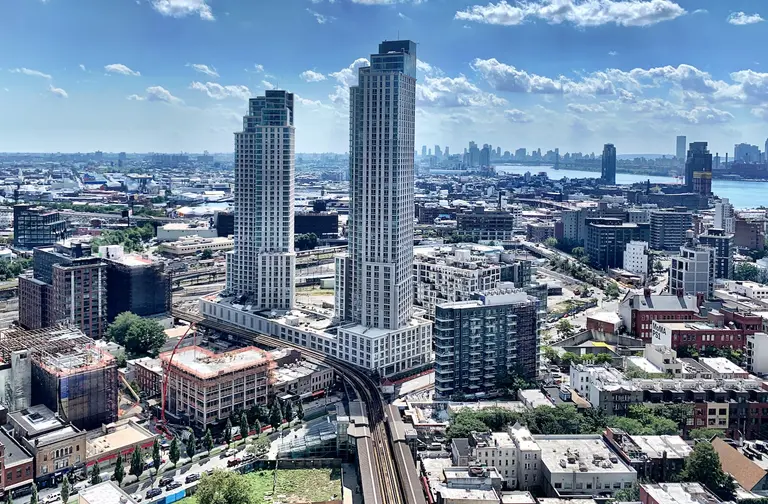
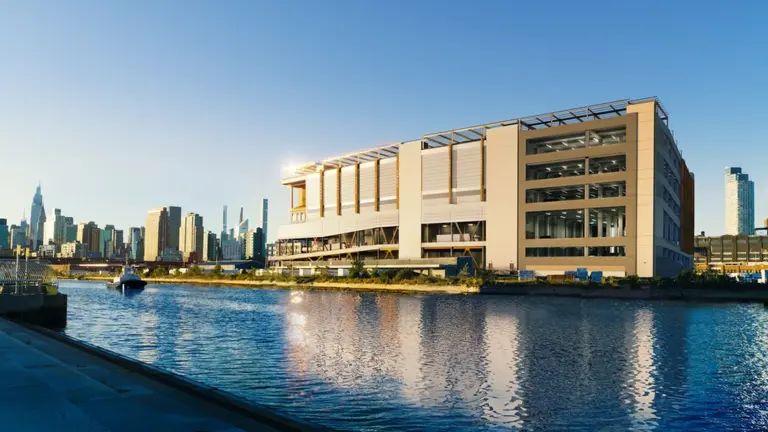
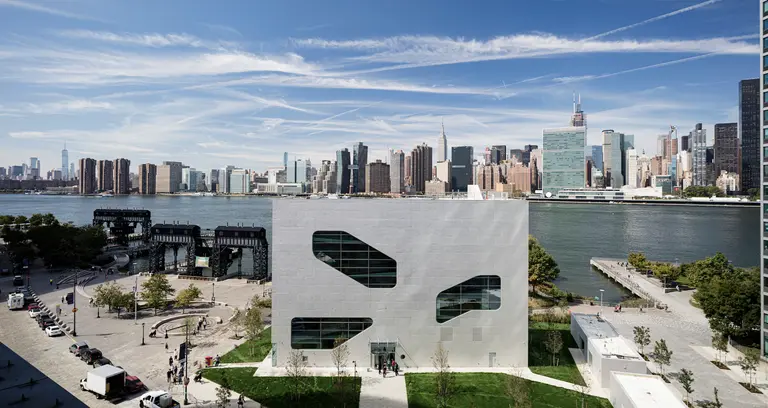
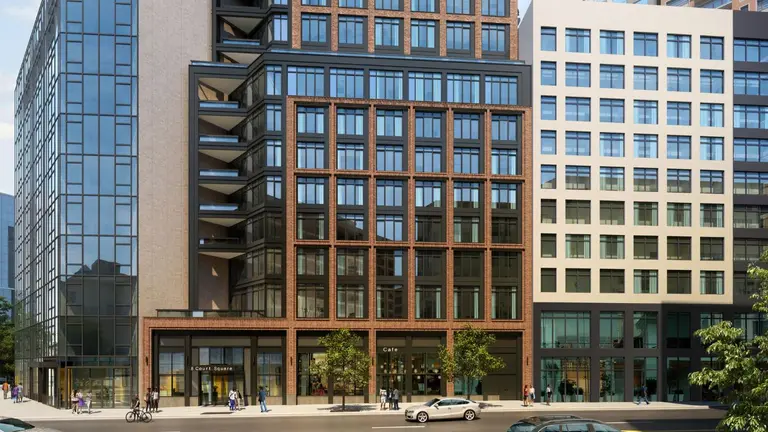
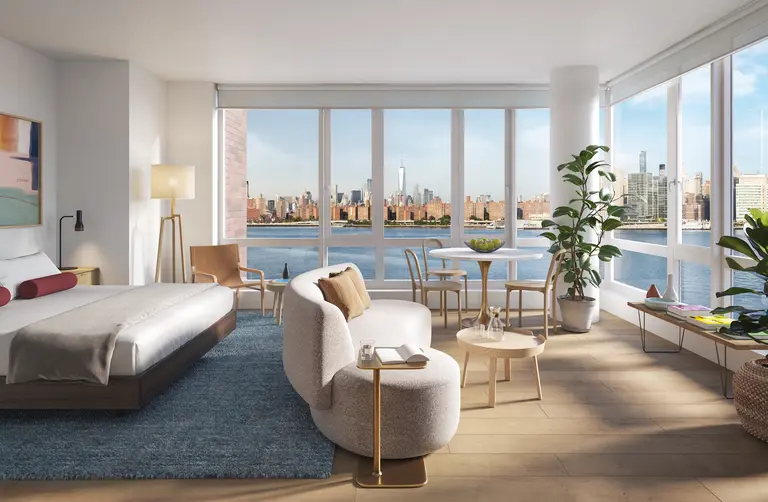












Good morning
Hi, just out of curiosity will there be any units set aside as affordable housing for the low income households and middle class earners or will the rental prices be like most of the new housing stock that continue to benefit the high income earners in the Long Island City neighborhood. Thank you.
Be well